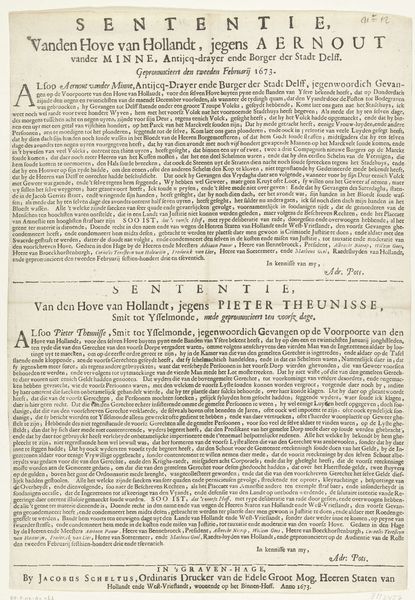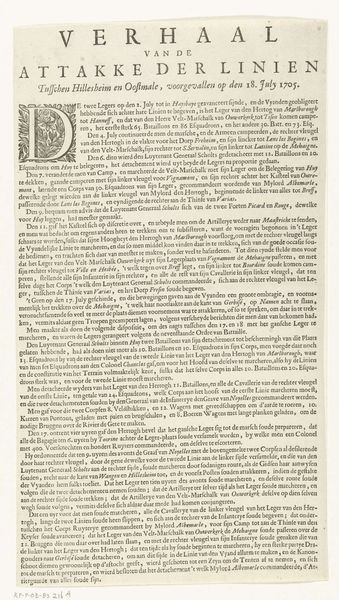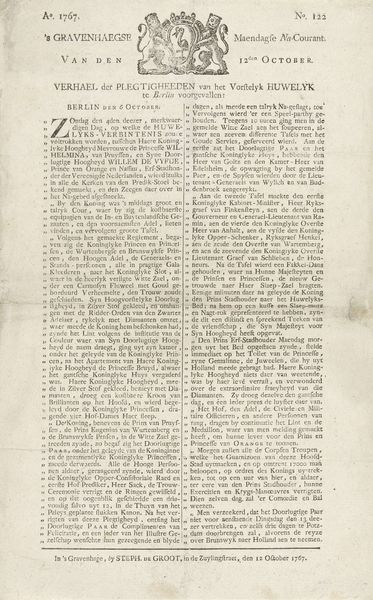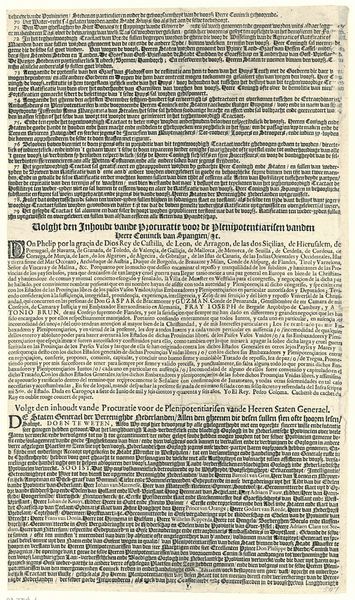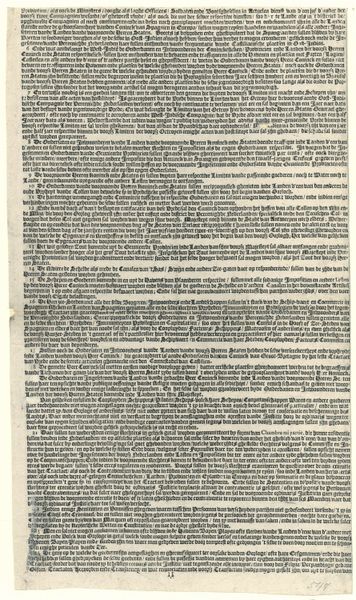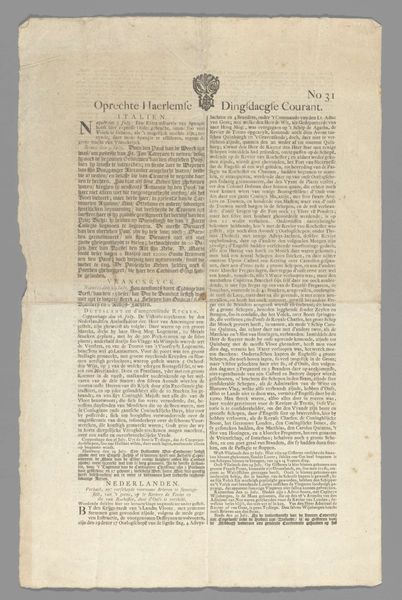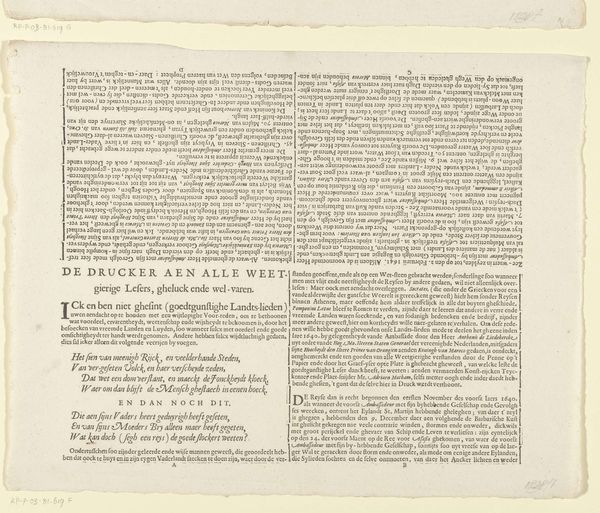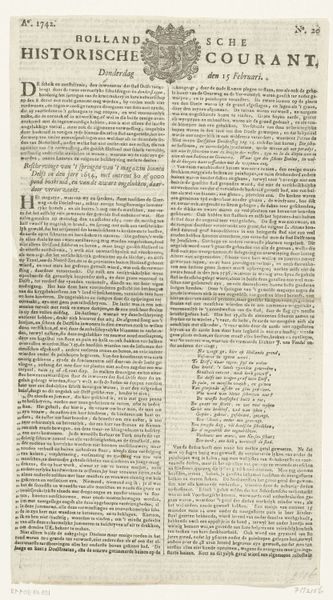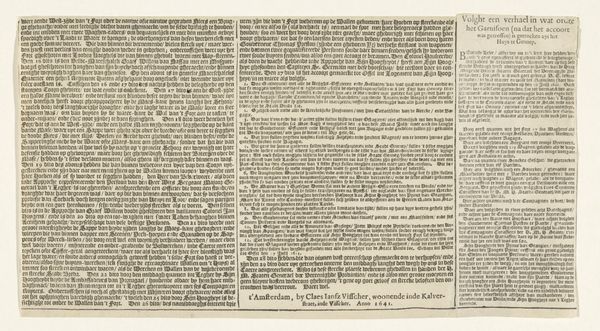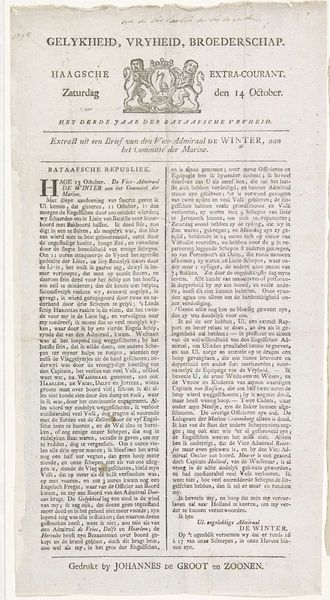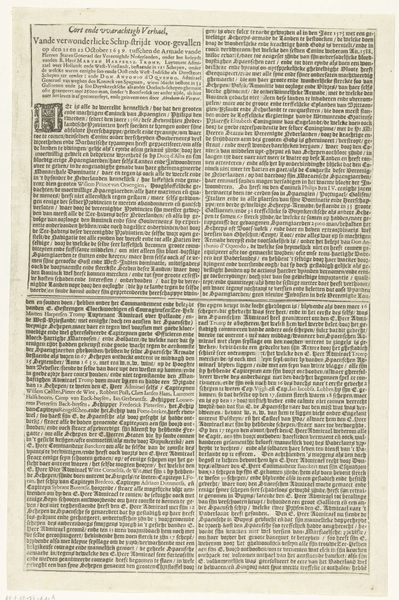
Brief Geschreven uyt het Schip van den Vice-Admirael Sweerds, Leggende ten Ancker voor 't Eylandt Chapei in de Rivier, omtrent 10 à 12 Mijlen van Londen 1667
0:00
0:00
print, textile, typography
#
baroque
#
dutch-golden-age
# print
#
textile
#
typography
#
calligraphy
Dimensions: height 350 mm, width 246 mm
Copyright: Rijks Museum: Open Domain
Curator: Here we have a remarkable piece of historical ephemera: a news broadside from 1667 by J. Bovetius titled "Brief Geschreven uyt het Schip van den Vice-Admirael Sweerds..." It details naval exploits during the Second Anglo-Dutch War. What strikes you about it initially? Editor: The stark typography and tightly packed text give it an air of urgency. It feels very immediate, like grabbing headlines right from the battlefield and rushing them to print. Curator: Absolutely. Broadsides like this were the newspapers of their day. They were quickly printed and disseminated, often with woodcut illustrations—though this one is purely text. What do you make of its design choices? Editor: Looking closely, I'm struck by how the initial letter ‘O’ is so prominent. The rest of the text crowds beneath this initial capital, signaling this isn't merely information; it's also a proclamation. Notice the specific ships named and locations identified, reinforcing the authority of the writer as if verifying an eyewitness report. Curator: Indeed, the reference to Vice-Admiral Sweerds, and the mention of specific engagements give credibility to the claims, supporting Bovetius’ effort to record the political significance and ramifications of each military encounter. The imagery serves a potent rhetorical function, legitimizing Dutch territorial desires in the ongoing conflict between England and the Dutch Republic. Editor: And it uses that authoritative tone to establish emotional certainty amid naval conflict. The writer explicitly states: “we trust the people of Zeeland will believe, for the English ships are torched until a full victory is theirs." It emphasizes how religious and political faith justified acts of wartime violence in service of larger historical trajectories. It makes you wonder about the role propaganda and sensationalism played in the public reception. Curator: A vital point. This piece highlights not just military victories but also underscores a shared cultural identity to cement unity and project maritime strength. Editor: Ultimately, what begins as what could read as just mundane letter of war expands our grasp of the complex forces defining Europe during the Baroque Age. Curator: A fitting insight as it equally showcases historical details in times of conflict with its cultural ramifications to readers across centuries.
Comments
No comments
Be the first to comment and join the conversation on the ultimate creative platform.
